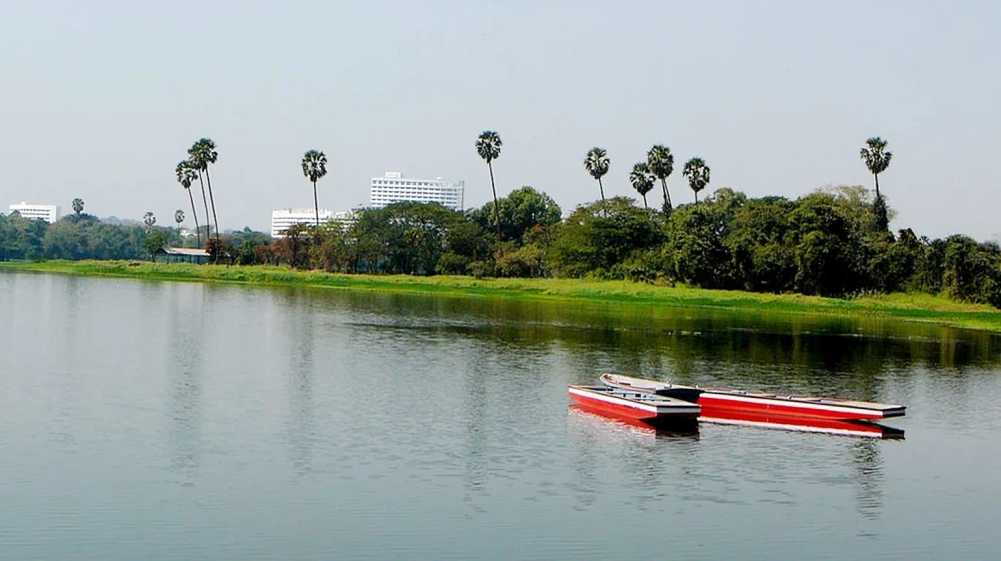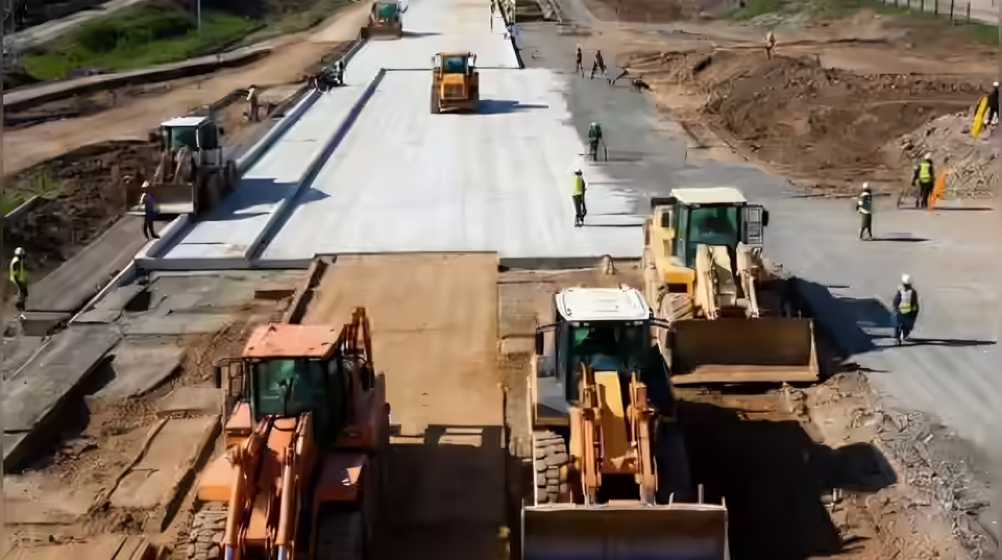Ashmitha Enous
Mumbai was once again knee-deep in water and the Brihanmumbai Municipal Corporation’s (BMC) is facing tough questions, as the season’s first heavy showers battered the city. Low-lying areas witnessed the usual scenes of stranded commuters and flooded streets, despite the introduction of artificial intelligence (AI) to monitor pre-monsoon drain cleaning.
“AI se kya hoga madam, paani toh raaste mein hi bhar jaata hai. Jab tak drain saaf nahi hoga, kuch nahi badlega. Hum log toh har baar isi mein fase rehte hain.”- Ashok Mehta who is an auto driver expressed his concern.
(What will AI do, madam? The roads still get flooded. Until the drains are properly cleaned, nothing will change. We’re the ones who get stuck in this every time.)
“Vo toh bole ki 67% kaam ho gaya hai. Par humaare ilaake mein toh baarish aate hi pani bhar gaya. Iss chote se baarish mein ye haal hai toh July-August ke baarish mein kya hoga?” – stated Priya Deshmukh who is a housewife. (They said work was 67% done, but our area flooded in the first big rain. What will happen when it pours for real in July?”
The BMC guarantees a flood-free monsoon every year, but the rains consistently prove otherwise. This year, the civic authorities implemented an AI-powered system to manage its yearly drainage cleanup in an effort to modernise its monsoon readiness. However, the early downpour has already revealed significant flaws, raising questions about the true efficacy of the new tech-driven measures.
A few weeks ago, while talking to ANI, the Municipal Commissioner of Mumbai Bhushan Ghagrani said, “Mumbai’s geographic dimension is such that we need to clean the drains every year. As of now, 43% of the clean-up is completed. As per the directions of our honourable chief minister, the entire system is made with artificial intelligence. As you can see, this waste will be loaded on the vehicles. Where will it go? How much will it weigh? All the information will be eventually provided.”
However, as the BMC shows off its digital dashboard, Mumbai residents navigate flooded streets, wondering where all the dashboards and data are at the most critical times.
The BMC has also established a special “war room” at its headquarters where real-time images and videos of silt removal are streamed in order to increase monitoring. Every cleanup operation now requires contractors to record 30-second clips, and AI will analyse almost 7,000 minutes of footage. The puddles continue, though.
As of now, 67% of the clean-up is completed, and the BMC plans to finish it off by May 31, 2025.





